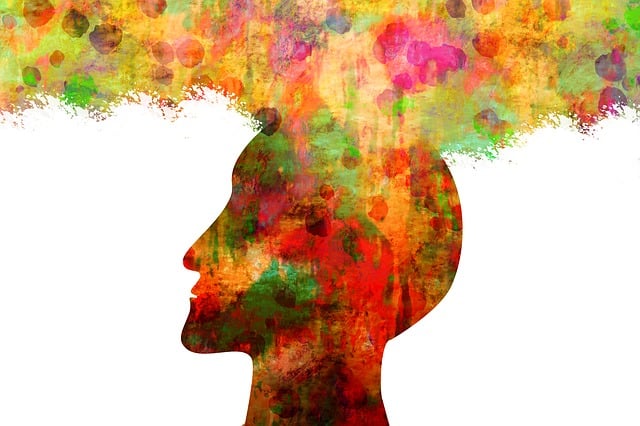Healing from Within: The Power of Trauma Release
Trauma is an emotional wound that, when left unaddressed, can fester and cast a long shadow over one’s life. It can be the result of a single, devastating event or a series of smaller, yet persistent, distressing experiences.
Regardless of its origin, trauma can have a profound impact on an individual’s mental, emotional, and physical well-being. The process of trauma release is essential for healing and reclaiming a sense of wholeness and well-being.
In this article, we will delve into the concept of trauma release, exploring its significance, methods, and the transformative power it holds.
Understanding Trauma
Trauma is a complex phenomenon, and its effects can vary greatly from person to person. It can result from experiences such as accidents, abuse, neglect, loss, natural disasters, or violence.
Trauma is not solely confined to physical harm; emotional and psychological wounds can be equally debilitating. It often manifests as post-traumatic stress disorder (PTSD), anxiety, depression, or various other mental health disorders.
When an individual experiences trauma, their nervous system can become dysregulated. The body’s innate fight-or-flight response is triggered, flooding the system with stress hormones like cortisol and adrenaline. These chemicals, intended to prepare the body for immediate danger, can become trapped in the body when the traumatic experience is not fully processed and resolved. This trapped energy can manifest as chronic tension, physical ailments, and emotional distress.
The Importance of Trauma Release
Trauma release is the process of safely discharging the trapped energy and emotions associated with traumatic experiences. It is a critical step in the healing journey because unresolved trauma can have devastating consequences on one’s life. Some of these consequences include:
1. Physical Health Issues: Trauma can lead to a range of physical health problems, including chronic pain, digestive issues, autoimmune disorders, and cardiovascular problems. The body’s continual stress response can weaken the immune system and disrupt the body's natural healing mechanisms.
2. Mental Health Challenges: Unresolved trauma is closely linked to mental health issues such as anxiety, depression, and PTSD. These conditions can significantly impact one’s quality of life and relationships.
3. Interpersonal Difficulties: Trauma can affect the way individuals relate to others. It may lead to difficulties in forming healthy attachments, trusting others, or managing emotions effectively.
4. Self-destructive Behaviours: Some individuals may turn to substance abuse or self-harm as coping mechanisms to numb the pain of trauma.
5. Stagnation: Unresolved trauma can keep individuals stuck in patterns of avoidance, denial, and emotional numbing, preventing them from moving forward in life.

Methods of Trauma Release
Trauma release is a deeply personal process, and what works best can vary from person to person. However, several approaches have shown promise in helping individuals release trauma and reclaim their lives:
1. Therapy: Traditional talk therapy, particularly trauma-focused therapies like EMDR (Eye Movement Desensitization and Reprocessing) and trauma-informed cognitive-behavioural therapy (CBT), can help individuals process and release traumatic experiences.
2. Mindfulness and Meditation: Practices that promote mindfulness and meditation can help individuals reconnect with their bodies, release pent-up tension, and create a sense of safety within themselves.
3. Somatic Experiencing: Developed by Dr. Peter Levine, somatic experiencing focuses on the physical sensations associated with trauma. It helps individuals discharge trapped energy through gentle, body-centred techniques.
4. Art and Expressive Therapies: Creative forms of expression, such as art therapy, music therapy, and dance therapy, can provide non-verbal avenues for processing and releasing trauma.
5. Yoga and Breathwork: These practices can help individuals release tension held in the body through specific postures and breathing exercises.
6. Supportive Communities: Engaging with support groups or communities of individuals who have experienced similar traumas can be a powerful way to share experiences, gain insights, and feel less alone in the healing journey.
The Transformative Power of Trauma Release
Trauma release is not merely about moving on from past pain; it is about reclaiming one’s sense of self, vitality, and resilience. When individuals embark on the journey of releasing trauma, they often experience profound transformations:
1. Emotional Liberation: The release of trapped emotions can create space for a wider range of feelings and a greater capacity for joy, love, and connection.
2. Increased Resilience: As individuals release trauma, they develop coping skills and resilience that allow them to navigate life's challenges with greater ease.
3. Improved Relationships: Healing from trauma can lead to more authentic and fulfilling connections with others, as individuals become more open and present in their interactions.
4. Enhanced Physical Health: The resolution of trauma can lead to improvements in physical health, as the body is no longer in a constant state of stress.
5. Empowerment: Trauma release empowers individuals to take control of their lives and make choices that align with their true selves.
Trauma Release – Conclusion
Trauma release is a profound and transformative journey that allows individuals to heal from their past and embrace a brighter future. It is a testament to the resilience of the human spirit and the capacity for growth and transformation. While the path to trauma release may be challenging, the rewards are immeasurable—greater emotional freedom, improved relationships, enhanced physical well-being, and a renewed sense of purpose and vitality. It is a journey worth embarking on, for it leads to a life that is no longer defined by past wounds but rather by the possibilities of a healed and liberated self.